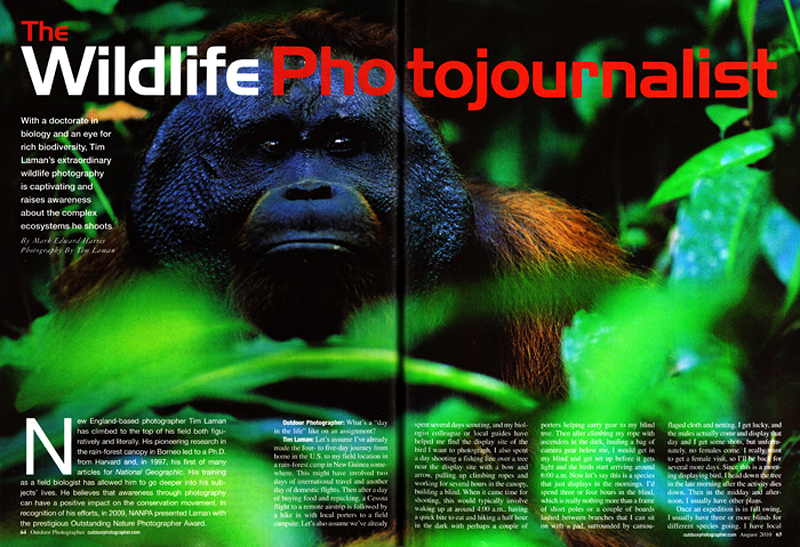Dear Friends,
One of the things I’m asked about most often is what went into creating some of my unique images, especially those made at the top of rain forest canopy. So I thought I would share the story behind one of my most iconic images – The Bird-of-Paradise Sunrise – an image that has been used to champion the conservation of rain forests of the New Guinea region.




